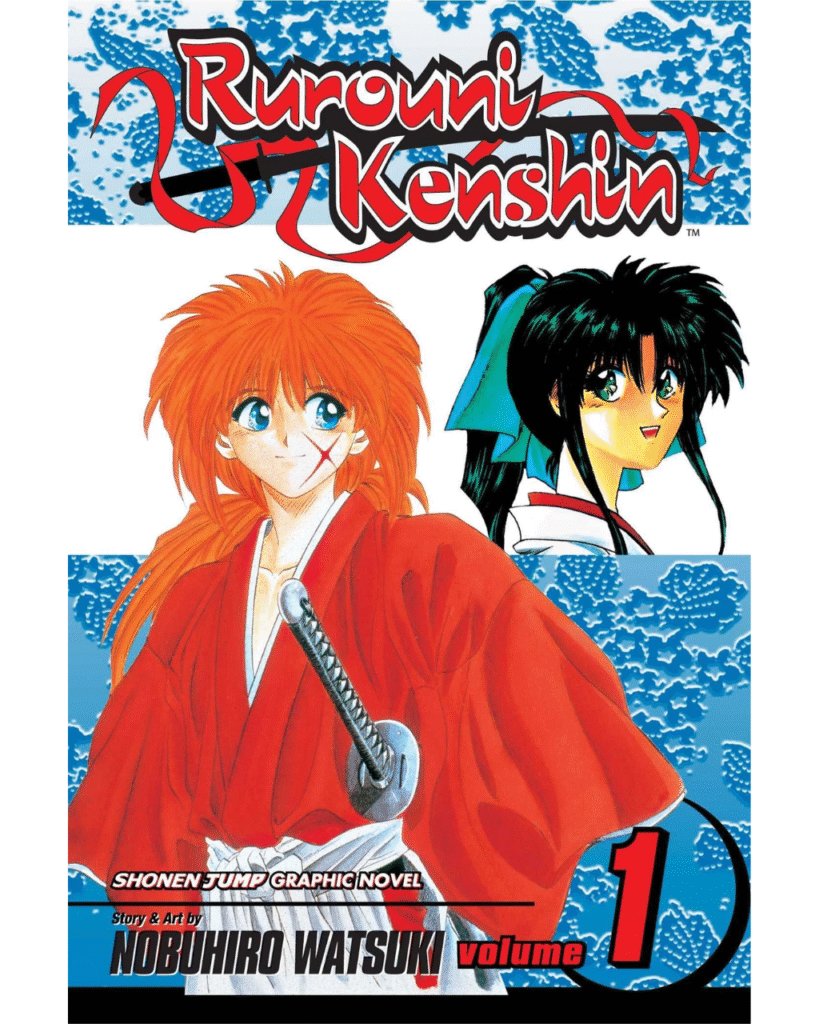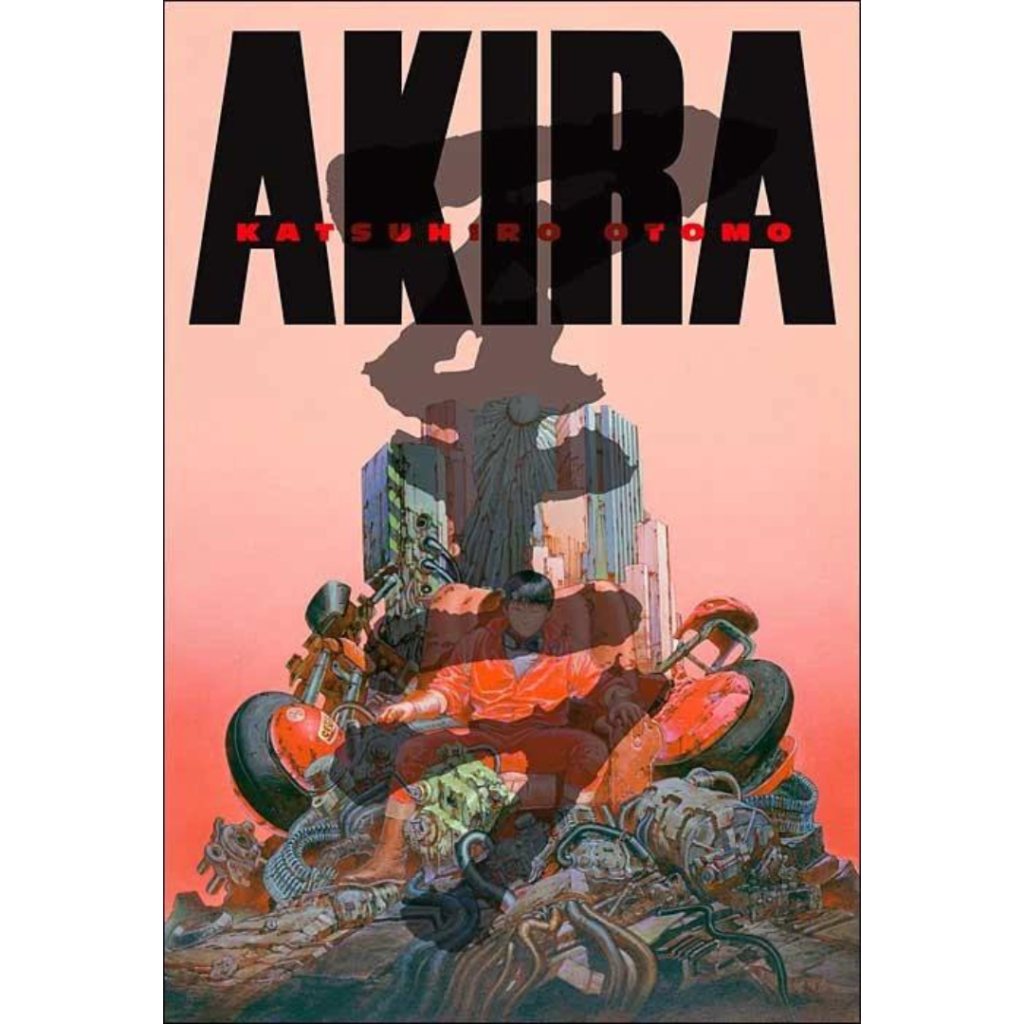
In the golden age of 90s shonen manga, Rurouni Kenshin (also known as Samurai X) carved its name into history with a blood stained blade and a heart of gold. Created by Nobuhiro Watsuki, this seminal work blends sword swinging action, historical drama, and profound character study into a tale of atonement that remains unmatched. Following the journey of Kenshin Himura, a former assassin turned wandering protector, the manga explores the cost of violence, the possibility of redemption, and the scars of Japan’s Meiji Restoration with breathtaking artistry and emotional depth.
The Plot: A Killer’s Path to Peace
Set in the early Meiji era (11th year, 1878), the story follows Kenshin Himura, once known as Hitokiri Battōsai, the legendary manslayer of the Bakumatsu war. Now wielding a reverse-blade sword (sakabatō) and vowing never to kill again, he stumbles into Tokyo’s Kamiya dojo, where his life intertwines with:
Kaoru Kamiya: The fiery inheritor of a swordsmanship school, who becomes his moral anchor.
Yahiko Myōjin: A street orphan Kenshin mentors, representing Japan’s future.
Sanosuke Sagara: A brawler with a grudge against the government, embodying post-war disillusionment.
Their peaceful days are shattered as Kenshin’s past resurfaces, leading to conflicts with:
Jin-e Udō: A psychotic swordsman obsessed with “the strongest.”
Saitō Hajime: Kenshin’s former rival, now a wolf of the Meiji government.
Shishio Makoto: The charred demon who succeeded Kenshin as Japan’s shadow executioner, seeking to burn the new era down.
The Kyoto Arc (widely considered one of manga’s greatest) escalates into a battle for Japan’s soul, culminating in Kenshin’s climactic duel atop Mount Hiei, a fight that questions whether a killer can truly change.
Themes: The Weight of the Blade
Violence as a Last Resort
Kenshin’s sakabatō symbolizes his creed: “A sword that protects, not kills.” His battles emphasize restraint over brutality, until Shishio forces him to confront his limits.
Historical Trauma
The manga doesn’t romanticize the Meiji era. Ex-samurai starve, orphans beg, and Shishio’s rage reflects real class resentment post revolution.
Found Family
Kenshin’s bond with Kaoru, Yahiko, and Sanosuke heals his loneliness, contrasting his Bakumatsu comrades (like the tragic Tomoe Yukishiro).
Cycle of Vengeance
Villains like Enishi Yukishiro (Tomoe’s brother) force Kenshin to face the families destroyed by his blade.
Art & Style: Dynamic Elegance
Action Choreography: Fight scenes blend historical kenjutsu stances with shonen flair (e.g., Gatotsu’s thrusts, Hiten Mitsurugi-ryū’s aerial techniques).
Character Designs: Every fighter’s silhouette is iconic, from Kenshin’s cross shaped scar to Shishio’s mummy like bandages.
Emotional Close-Ups: The “sorrowful eyes” motif (used for Kenshin, Tomoe, and Enishi) conveys decades of pain in a single panel.
Characters: Flawed, Human, Unforgettable
Kenshin Himura: Anime’s most nuanced pacifist. His gentle smile hides PTSD, and his fights are psychological as much as physical.
Shishio Makoto: A villain with valid grievances, his critique of Meiji corruption makes him terrifyingly relatable.
Saitō Hajime: The anti Kenshin; a killer who embraces his role, yet honors bushido’s remnants.
Megumi Takani: A doctor haunted by opium trade sins, proving even side characters have arcs.
Legacy: The Blueprint for Historical Shonen
Influence: Inspired Demon Slayer’s Taisho era aesthetic, Vinland Saga’s pacifist themes, and even Gintama’s parody.
Adaptations: The 1996 anime (skip filler), Trust & Betrayal OVA (a masterpiece), and live-action films.
Controversy: Watsuki’s later legal issues cast a shadow, but the work itself remains ethically clear in condemning violence.
Final Verdict: A sword through the heart, in the best way
★★★★★ (5/5)
Rurouni Kenshin is more than a manga, it’s a meditation on how to live after war. Equal parts thrilling, heartbreaking, and hopeful.
Best For: Fans of Vagabond, Demon Slayer, or anyone who believes people can change.
Flaws (Nitpicks):
Early Tone Shifts – Comedy undercuts early drama.
Rushed Ending – Jinchu Arc needed 10 more chapters.
Skip If: You prefer pure action over philosophical debates.

